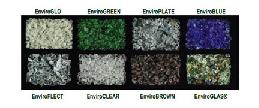With the soaring oil prices and crisis across the world and eventually leading to the boom of alternative energy production, can you imagine how varied and wide sources of bio-fuel have been tapped? We had listed yesterday, 11 amazing sources of bio-fuel abundantly available around us…. let us see 11 more such interesting sources, we never knew of!!
12. Corn fibers and corn kernels

Corn fiber — generally used for animal feed — can be converted into ethanol, and the Iowa State University scientists have used mold to do this job. They further suggested that the byproducts left after the milling of corn might become another source of fuel! That sounds productive, as energy generation by this process can be reached nearly 100%. Byproduct of the dry milling process, the scientists will try this experiment on distillers’ dried grains – typically used to extract ethanol from corn kernels.
13. Coconut Oil

Pacific islanders do not use coconuts only for making cocktails. Many of these impoverished nations are looking to coconuts also as a solution to soaring world oil prices. They are planning to use coconut oil to make biofuel.
14. Jatropha

The Indian jatropha is a potential source for fuel for trucks and power stations, which went unrecognized all these years. If explored properly, it hopefully will be able to replace 20 percent of diesel consumption in five years.
15. Soybean

The Naval Facilities Engineering Command Midwest and the Public Works Department at the Naval Surface Warfare Center (NSWC) Crane Division are now using soybean bio-diesel fuel from the Indiana Soybean Board (ISB). The first load of fuel mixture was initially used to power the Navy’s fleet of locomotives, to support ordnance operations for Crane’s Army Ammunition Activity.
16. Sugar
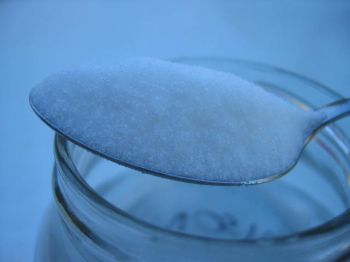
An ethanol processing plant turns freshly cut cane into sugar using a decade-old machinery. It is designed by a Brazilian at the Palo Gordo refinery. The ethyl alcohol made from a sugar by-product is then mixed with gasoline, to reduce pollution as well as lower its prices.
17. Catfish!

Bio-fuel from catfish! Yes, it is by using catfish oil, a man in the Mekong Delta province of An Giang has meticulously manufactured bio-diesel. According to him, the Mekong Delta’s huge number of ‘tra’ and ‘basa’ fish can be exploited to produce the non-toxic, clean bio-fuel.
18. Cheese Waste!
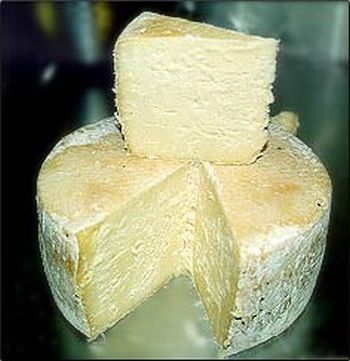
Renewable energy can be produced from cheese waste with the help of a new technology. This production could save cheese makers millions of dollars annually in disposal costs. The process based on the technology also creates a high-nutrition cattle feed by extracting two by-products: probiotic feed supplement and salt.
19. Palm Oil!
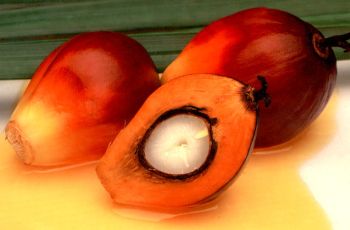
B5 palm oil-based bio-fuel – it is a mixture of 5 percent of processed palm oil and 95 percent of petroleum diesel. This biofuel is named ‘Envo Diesel’. And the best part of it is that, the use of palm oil-based biofuel does not require modifying vehicle engines!
20. Used Cooking Oil!

Burgerville’s Walla Walla has used cooking oil from the ‘fast casual’ restaurateur and converted into bio-diesel fuel. The fries may not be listed in your healthy diet list, but reusing the oil is certainly a great contribution towards the environment.
21. Guts of Termites!
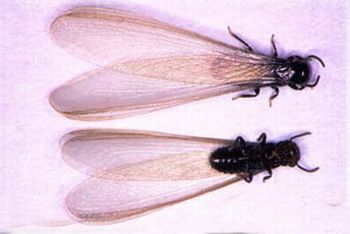
Tiny microbes that live inside termites may one day become a major source of fuel, scientists say. But, how do bacteria that help termites digest wood and other plants release the hydrogen that’s trapped in the material, is what the researchers are trying to understand.
22. Mushroom Gene!
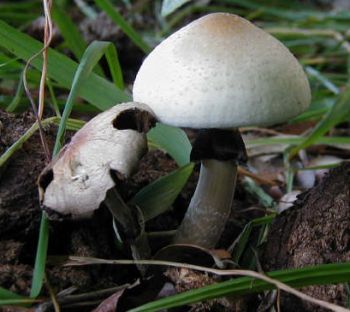
The Shiitake mushrooms could help make a practical alternative to today’s petroleum-based fuels – ethanol and other products. A Shiitake gene — called Xyn11A — is found to be the key to the mushroom’s ability to dissolve wood. The gene carries the instructions the mushroom uses to make an enzyme known as xylanase.



